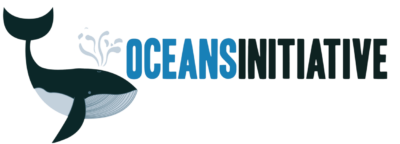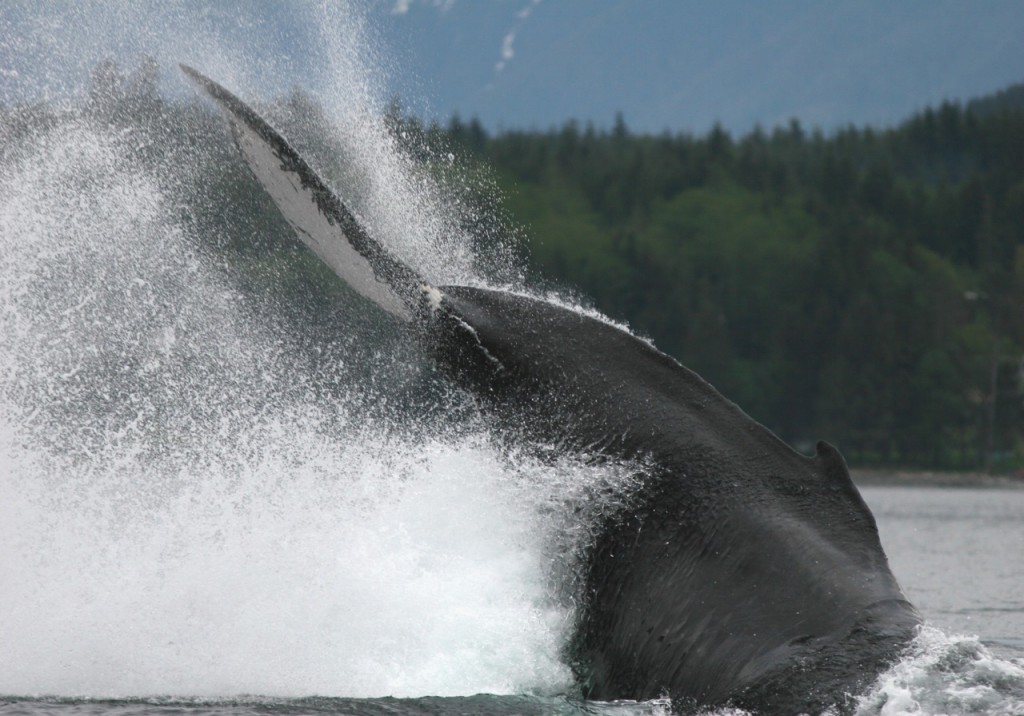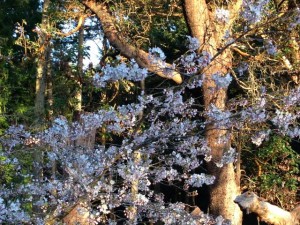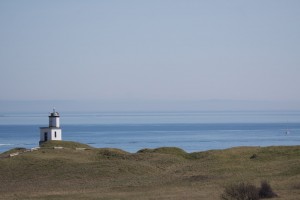Wow. Can you believe almost World Oceans Day again? Are you stressing about what to get the ocean this year? Relax. Take a deep, cleansing, blue whale-sized breath, because we’ve got you covered. This year, Aeroplan’s Beyond Miles Program will donate 1,000* Aeroplan Miles to Oceans Initiative (that’s us!) for each photo or drawing submission they receive of a whale. We are super excited.
These miles mean that we can get to the field inexpensively to collect data, fly to conferences to present our research and conservation work so it has impact, bring research assistants and scientific leaders to the field to work with us, or fly our exciting new marine conservation toolkit (more on this coming soon!) around the globe to the regions where it’s needed most.
Want to help? It’s easy. All you have to do is enter your beautiful whale photographs here on this amazing app called Shoutlet and Aeroplan will take care of the rest. The promotion runs over the Oceans Day weekend, from 7 to 10 June.
The ocean will really love it because we’re offsetting the carbon of all of our travel, thanks to Aeroplan’s great partnership with offsetters.ca.
This will only take a minute, and we’d really appreciate your help {in fact, you’ll be the wind beneath our flippers}. Please upload your images to the Aeroplan blog (http://blog.aeroplan.com/?p=3339) and share this with your friends.
Thank you!








